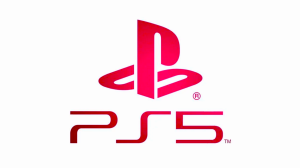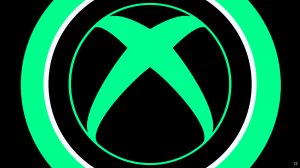
Last week, legendary comic book creator Walt Simonson returned to the world that made him an industry superstar in the 1980s with the release of the debut issue of his new creator-owned IDW project, Ragnarok. In this series, Simonson provides another take on the realm of Asgard and the Norse God of Thunder, Thor.
Videos by ComicBook.com
If Ragnarok’s premise sounds familiar, that’s because Simonson was the writer and sometimes-artist for a nearly 50 issue run of Marvel’s Thor starting in the early 80s. Simonson’s time on the book is notable for how it expertly wove in elements of Norse mythology and its his dedication to developing Odin, Balder and the rest of Asgard’s cast. More than 30 years later, fans and critics still hold Simonson’s run in extremely high regard, so much so that most consider it the definitive tak on Asgard and Thor.
If Ragnarok can recapture even a small percentage of the magic from Simonson’s Thor, the series stands to be one of the best comics IDW has ever produced. With that in mind (and since it’s always a good time to go back and celebrate one of the greatest creative runs in comic book history), here are 10 of the very greatest moments from Simonson’s Thor.
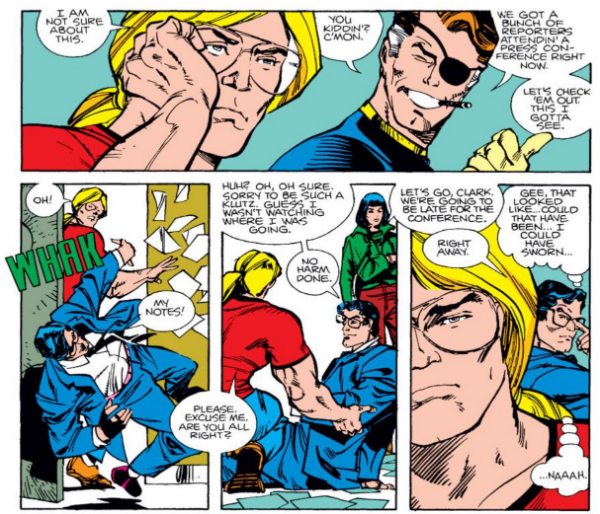
10. Thor Meets Superman (Sort of)
In Thor #341, Thor goes back to Midgard (*Earth) and is forced to take on a new civilian identity after he loses the power to change into his alter ego, Donald Blake. He works with Nick Fury to create the secret identity, Sigurd Jarlson, a blue collar construction worker. For the finishing touch, Fury hands Thor a pair of glasses and tells him how they worked wonders concealing the identity of that “other guy.”
As if the glasses and the “other guy” reference don’t completely sell the joke of Sigurd Jarlson being similar to Superman’s Clark Kent, Thor and Fury bump into a group of reporters, including one that bears an uncanny resemblance to Kent.
While fans and critics have praised Simonson for how he filled his run with classical literary references and themes, he was also clearly having fun, especially when sneaking in Easter eggs like Clark Kent. Plus, scenes like this one are a wonderful way for a creator to connect with readers by keeping them engaged and alert.

9.The Hammer Always Returns
One of Simonson’s long-running plot threads involved Loki coaxing the seductress Lorelei to drug Thor with a potion, forcing him to fall helplessly in love with her. After a bunch of comedic moments where Thor fails to drink the “golden mead” for a variety of silly reasons (he fell asleep while getting a back rub in one), Lorelei eventually succeeds.
The lovesick Thor becomes increasingly cruel to his former lover Sif, and is uninterested in succeeding Odin as ruler of Asgard. But he does eventually realize that Loki and Lorelei tricked him. He confronts the two of them in Thor #359, demanding that the spell be reversed. When Loki resists, Simonson gives readers an uproarious twist on the classic Thor trope of Mjolnir always “returning” to its owner. Thor throws the hammer high in the air and then grabs Loki by the throat, threatening to let the hammer “return” straight through his half-brother’s skull. Loki thinks Thor is bluffing but as Mjolnir gets dangerously close to smashing him, he relinquishes and Thor is cured. Thor calmly catches Mjolnir, and for good measure, gets one last smooch from Lorelei before dropping her like a sack of potatoes.
Just a satisfying end to this plot thread where the hero is triumphant and the villains are made to look like fools.
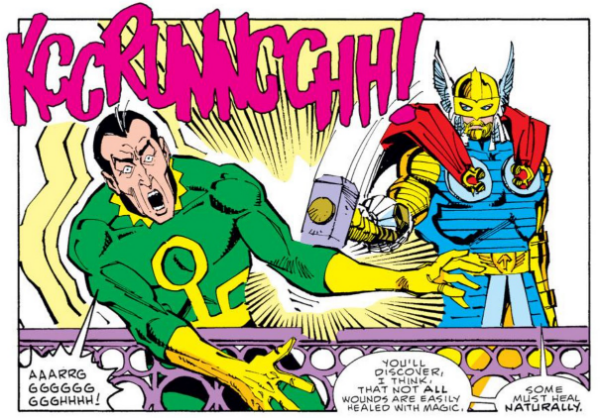
8. A Proper Sendoff for Loki
As alluded to in the last entry, Simonson had a knack for using Loki in a way where he was a legitimate adversary for Thor without being overbearing and insufferably triumphant. As good as “the hammer always returns” was in terms of Thor punishing Loki, nothing may top one of the final moments of Simonson’s run in Thor #382.
As part of Simonson’s last arc on the book, the thunder god is forced to wear an “iron shell” after Loki coaxes Hela to hex Thor, cursing him with brittle bones. Despite being at a huge physical disadvantage, Thor survives a number of trials and shows up at Asgard to deliver one last parting shot to Loki. He quickly strikes Loki’s with Mjolnir and breaks his arm, telling him “reflect upon the considerable time Thor spend encased in his iron shell…”
It’s a total fist pump moment for anyone who has wanted to see Thor just lash out at Loki. And while smashing his head with Mjolnir as teased in Thor #359 might have been a bit extreme and out of character for the noble thunder god, breaking his arm feels like a fair punishment.

7. The Icy Hearts
After the emotional climax of the “Surtur Saga” (more on that in a bit), Simonson plays comic book deejay and delivers a standalone issues that mellows things out perfectly, providing the reader with a chance to catch his breath and emotionally connect with Thor’s melancholy.
In Thor #355, Thor is (*spoiler alert for 30-year-old comic) freshly mourning the disappearance/presumed death of his father when he encounters an old man inside an icy cave. Through a combination of tough love and spirited competition, the old man lifts Thor’s spirits to the point where he willingly leaves the cave and rejoins his friends and family in Asgard to begin the next phase of his life.
To cap everything off, Simonson gives us one last twist involving the old man and his relationship to Thor. By doing this, Simonson not only cures Thor of any emotional hangovers, but allows the reader to know that everything really is going to be alright in this crazy dramatic world of Norse gods.
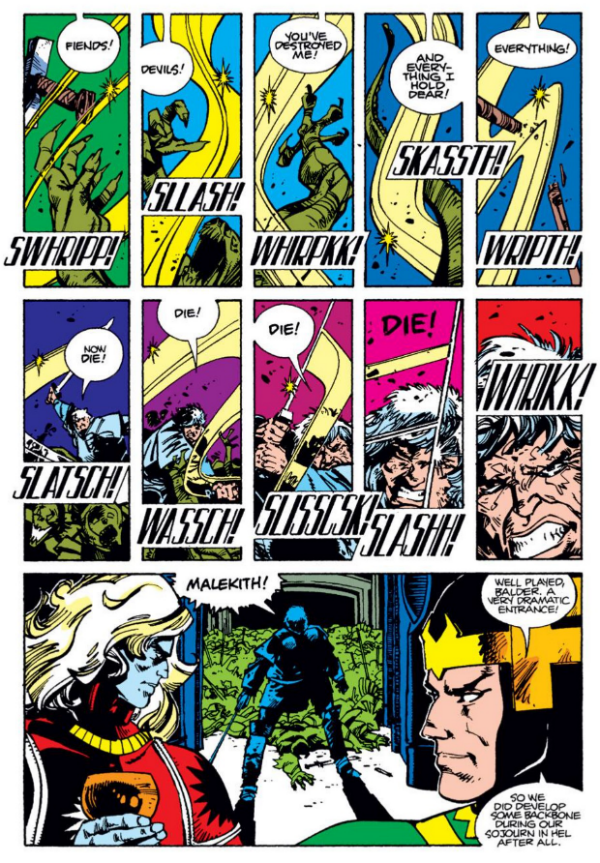
6. Balder the Brave
Simonson put the spotlight almost exclusively on Thor’s half brother Balder in Thor #344, demonstrating just how firm of a grasp the writer/artist had on Asgard’s entire cast of characters. The end result is one of the better standalone stories to be found in this nearly flawless run of comics.
Balder is depicted as a former mighty warrior who is haunted by the souls of those he previously killed, turning him into a pacifist. He arrives at Loki’s castle in Thor #344 to deliver a message directly from Odin, only to discover that Loki and Malekith are working together to hatch an evil plot against the people of Asgard. Balder is accosted by Loki’s trolls and is forced to decide between physically defending himself (and betraying his vow of pacifism) or failing Odin. He picks self-defense and carves his way through the tolls only to get laughed at by Loki for his violent outburst. Loki’s reaction causes Balder to completely snap and he slices Loki’s head off (or so he thinks – Loki had just cast a spell and made it look like he was decapitated).
Balder’s emotional journey in this issue is dynamically tragic and unsettling. Simonson takes a character that is trying to adhere to a certain moral code and completely deconstructs him until he’s just a quivering mess of rage.
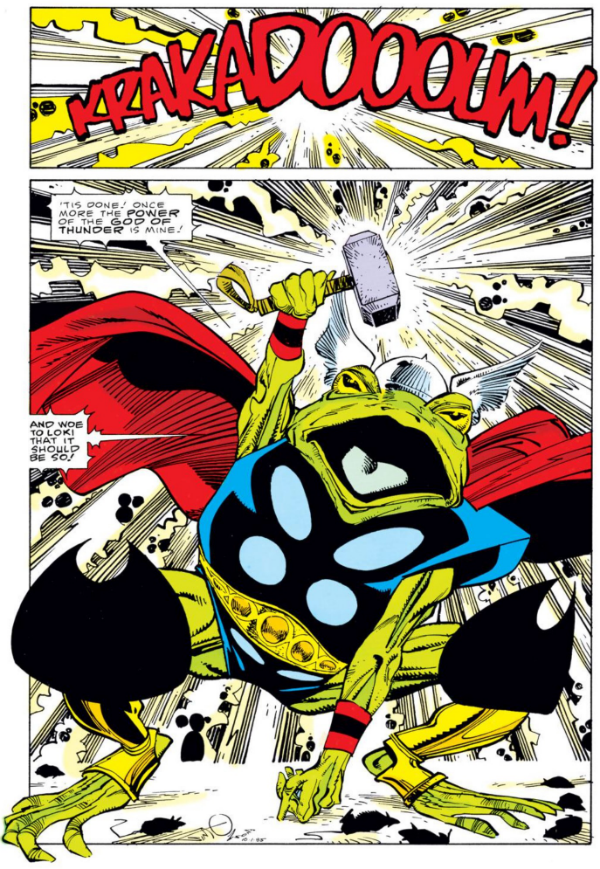
5. Frog Thor
By the second half of his run, Simonson is just letting it rip at every turn and showing no fear in his craft, regardless of how ridiculous a premise may appear on paper. In the case of Thor #364-366, Simonson creates a story where Loki transforms Thor into a frog as a means to keep him away from Asgard so he can claim Odin’s throne for himself.
There’s no logical reason for a silly joke like “Frog Thor” to work in the midst of this run, especially not over the span of three issues, and yet after the initial shock of that first visual of Frog Thor wears off, the story proves to be totally enthralling. So much so that it’s arguably one of the most famous Thor arcs of the past 30 years.
Probably the best moment of the story comes in Thor #365. Frog Thor is trying to hold off a pack of vicious rats when he stumbles upon Mjolnir. Simonson paces the action wonderfully, giving us multiple pages of Frog Thor struggling to muster every last ounce of strength to lift the hammer before delivering a full page splash of Frog Thor holding the hammer and wearing the Thunder God’s iconic attire.
What could have been a silly little diversion evolved into one of the best instances of Thor overcoming insurmountable odds.

4. Thor vs. the Midgard Serpent
For the final arc of his run, Simonson delivers one last brilliant piece of both writing and artwork when Thor squares off against the World Serpent Jormungand in Thor #380.
Artistically, Simonson cuts loose and puts on a clinic, creating a comic that is entirely filled with dramatic splash pages. But Simonson’s script and overall story matches the dynamism of the visuals. The backstory for Thor’s battle with the serpent is that he’s a total underdog after having been hexed by Hela. Thor needs to wear full body armor because his bones have been cursed by Hela to break on contact.
Despite Thor’s restrictions, he and the serpent just absolutely clobber each other, with the Thunder God eventually emerging triumphant.
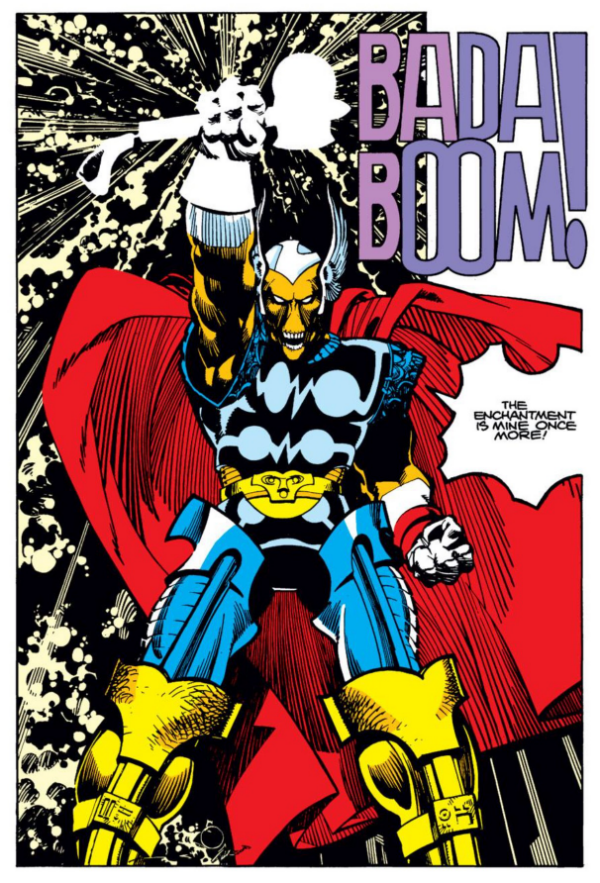
3. The Dawn of Beta Ray Bill
As if there was any question that the world of Thor was going to be dramatically different under the stewardship of Simonson, in the very first issue of his creative run (Thor #337), the artist/writer crafts a provocative cover image of a horse-faced creature, in full Thor attire, swinging the mighty Mjolnir and decimating the book’s logo. And that’s how audiences were introduced to Beta Ray Bill.
But there was more to Beta Ray Bill that just a fancy cover. Simonson kicks things off with a four-part arc that introduces the alien as formidable warrior capable of overtaking Thor. When Thor accidentally changes into his human form during their confrontation, Bill is able to claim Mjolnir for himself.
As the arc progresses, Simonson is certain to add levels of complexity to Bill’s character. He’s not just inserted into the book to grab a hammer and smash things. After Odin commands Thor and Bill to battle it out to the death over their claims to Mjolnir, Bill appears to gain the upper hand and hasthe opportunity to kill his opponent. And yet, Bill declines, proving himself to not only be mighty, but noble. Odin presents Bill with his own hammer, Stormbreaker, which he uses alongside Thor and Sif to defend his own race against an alien threat in Thor #340. From there, Bill emerges as an integral part of the supporting cast during Simonson’s run, and would later be regarded as one of the greatest characters Marvel produced over the past 30 years.
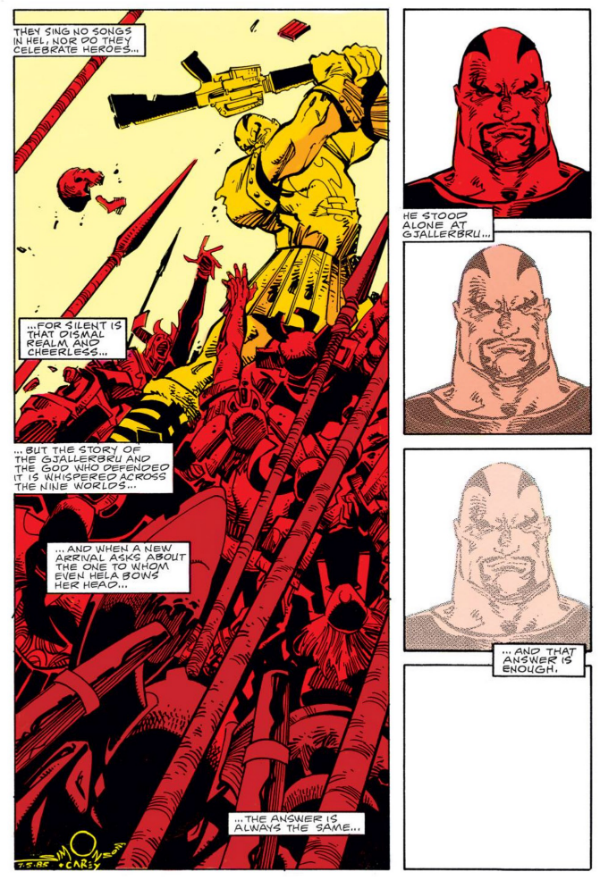
2. The Last Stand of Skurge
The telltale sign of a brilliant creator is his or her ability to transform an otherwise forgettable, one-note character into a comic book icon. That’s exactly what Simonson pulls off with the laughably incompetent Skurge the Executioner in Thor #362. The issue ends in absolutely breathtaking fashion – meaning, if you actually have breath remaining at its stunning conclusion, then you need to go back and reread it to make sure you absorbed the emotional weight of the moment.
Thor and his crew travel to Hel to rescues some innocent humans when the Asgardians realize that if they are to complete their mission, someone needs to stay behind and sacrifice themselves to protect the bridge back to Asgard from Hel’s demons. Skurge, who was long depicted as being a lovesick puppy around the alluring Enchantress, shockingly volunteers, telling the team that he was tired of being laughed and now he has an opportunity to “have the last laugh.”
The following sequence demonstrates just how harmonious a comic can be when the writing and the art meet at the same emotional point. In this case, Simonson is delivering both, but it’s an incredible feat all the same. Simonson illustrates an immersive visual of Skurge single-handedly holding the bridge, before we get a sequence of panels of him disappearing in nothing. Meanwhile Simonson’s writing is at its very best here: “But the story of the Gjallerbru and the god who defended it is whispered across the nine worlds …”
Chilling.

1. The Surtur Saga Concludes
In the first 16 issues of Simonson’s run, he’s slowly building to an epic confrontation pitting Odin, Thor and Loki against the demonic Surtur – a longtime villain that was first created by Stan Lee and Jack Kirby in the early 60s. With the help of Malekith, Surtur comes into possession of a huge magical blade called Twilight, which gives him almost unlimited power. He sends a hoard of demons to Earth before turning his attention to stomping out Asgard.
The storyline comes to a fever pitch in Thor #353 when the an army of Asgardians head to Earth to face down the demons, while Thor and Odin stay back to slay Surtur. Loki eventually joins Team Odin, leading to a dramatic and humorous scene where Odin yells out, “For Asgard,” Thor says, “For Midgard” and Loki, true to form, rallies “For Myself.” Never has a character seemed so selfish and heroic at the same time.
After the demons on Earth are successfully subdued, Odin gets an opening to grab Surtur and take him down. The two fall into what is later revealed to be an inter-dimensional rift, which eliminated Odin from the book for a while and sets up the next long-range arc focusing on who will become the next ruler of Asgard.
The storyline’s conclusion is arguably the best of a batch of extraordinarily great stories found in this run. Simonson just delivers a master class in storytelling, building everything at the perfect pace and then delivering an absolutely epic and memorable finale that’s both celebratory and gut-wrenching.



